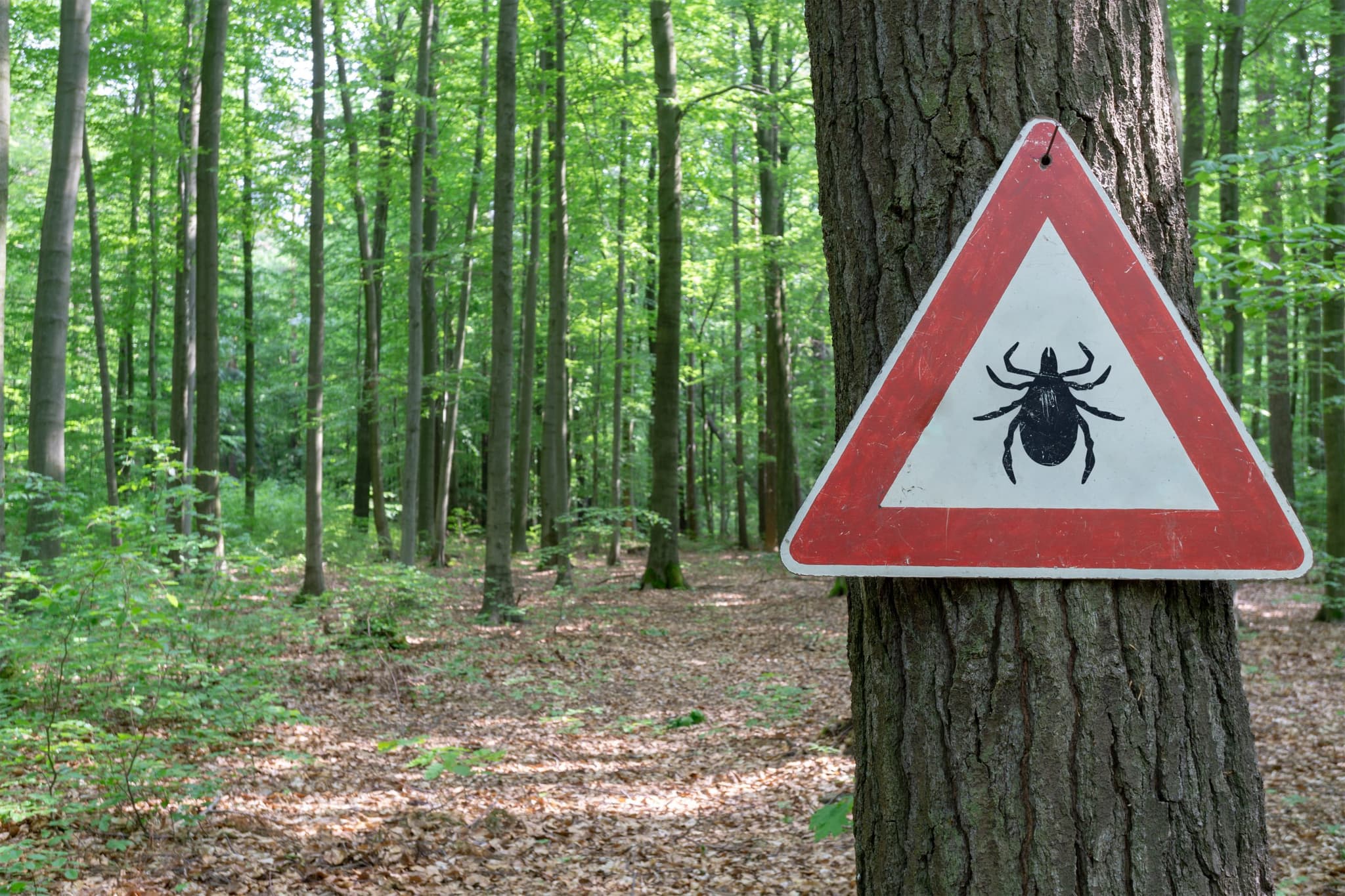Typically occurring in infants and children under 2 years old, diaper rash is a condition that appears on the skin under a diaper. It can also be found in people who are incontinent or paralyzed and must wear a diaper.
Most babies get diaper rash at least once early in their lives, usually between the ages of 9 and 12 months.
How Does it Happen?
Skin with diaper rash appears irritated and red in the diaper area, and the skin may be puffy and warm. Diaper rash can range from just a few small red spots to more, tender red bumps that spread to the tummy and thighs. A few potential causes of diaper rash include:
- Wetness: All diapers leave some moisture on the child’s skin, even the most absorbent types. When urine mixes with bacteria from the stool, it breaks down into ammonia, which is harsh on the skin. For this reason, children with diarrhea or regular bowel movements are at higher risk.
- Chafing and chemical sensitivity: Rashes can come from diapers rubbing against the skin, particularly if the child is sensitive to chemicals in the diaper, laundry detergent or a product you’re using during diaper changes.
- New foods: When a child begins eating solid foods for the first time or tries new foods, diaper rash is common. New foods change stool composition, and acids can cause diaper rash. New foods can also lead to more regular bowel movements.
- Bacterial or yeast infection: Bacteria and yeast thrive in warm, moist areas like the diaper area. They can often cause a rash in cracks or folds of your child’s skin.
- Antibiotics: In some cases, antibiotics cause yeast infections or diarrhea, both of which can contribute to diaper rash.
Treatment Tips
Take the following steps to treat diaper rash in your child:
- Rinse the diaper area well at each change, and don’t use wipes that contain alcohol or fragrances.
- Use an ointment to form a barrier between skin and stool or urine. Apply a layer thick enough to last between a few diaper changes.
- Fit your child’s diaper loosely, or use a diaper that’s slightly too large to allow for better air circulation. If you buy disposable diapers and are having problems with diaper rash, consider trying a new brand.
- In warm weather where your child can play outside, leave their diaper off for as long as possible. Exposure to air will increase healing.
- While your child has a rash, consider letting them sleep with a bare bottom and a plastic sheet underneath them to protect the mattress.
When Should you See a Doctor?
In most cases, you should be able to clear a rash in three or four days without a visit to the doctor. If the rash contains blisters, pus-filled pimples, oozing yellow patches or open sores, see your doctor. You should also call your doctor if the child develops a fever or the rash doesn’t go away after several days at home.
Prevention
Here are some tips for preventing diaper rash:
- • Change diapers frequently and keep the area dry
- Clean the genital area thoroughly with each change
- Pat skin dry, don’t rub
- Use protective ointment
- Don’t use powders or cornstarch—these substances can harm lungs, and may also make a yeast diaper rash worse
- Introduce one new item at a time when your child begins eating new foods
- Keep the diaper loose-fitting enough for air to circulate
- Use fragrance-free detergent to wash diapers, and skip fabric softeners
- Wash diapers only with hot water, and double rinse them. Some people also add a half cup of vinegar to the first rinse to eliminate alkaline irritants
- Breastfeed as long as you can—diaper rash occurs less in breastfed babies
- Ask your doctor about probiotics if your child needs to take an antibiotic
- Make sure caregivers at daycare or preschool understand these precautions as well
If your child is experiencing serious diaper rash that won’t clear up at home, speak to your doctor for treatment recommendations.
Revere Health Orem Family Medicine is devoted to comprehensive healthcare for patients of all ages, and committed to provide thorough and timely health care for the entire family throughout all stages of life.
Sources:
“Diaper rash.” BabyCenter.com. https://www.babycenter.com/0_diaper-rash_81.bc
“Diaper Rash.” WebMD. http://www.webmd.com/children/diaper-rash#1





